Documenting Korea's Modernization
- write
- 2016-07-08
Lookup 398
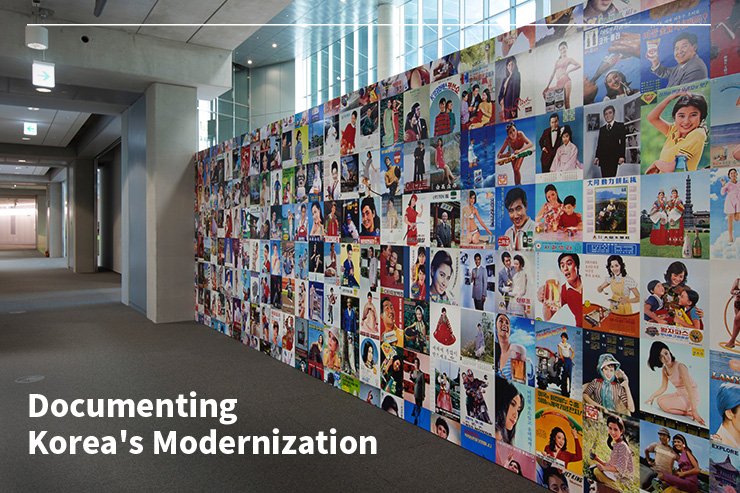
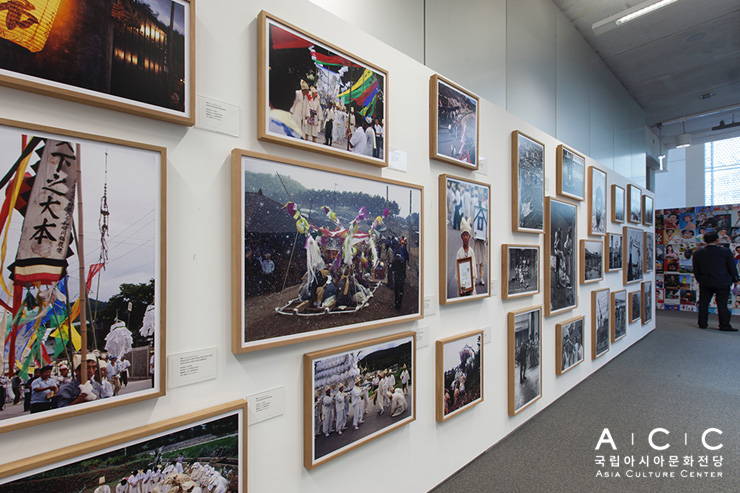
ⓒ Photo 2016 ACC Archive and Research Team
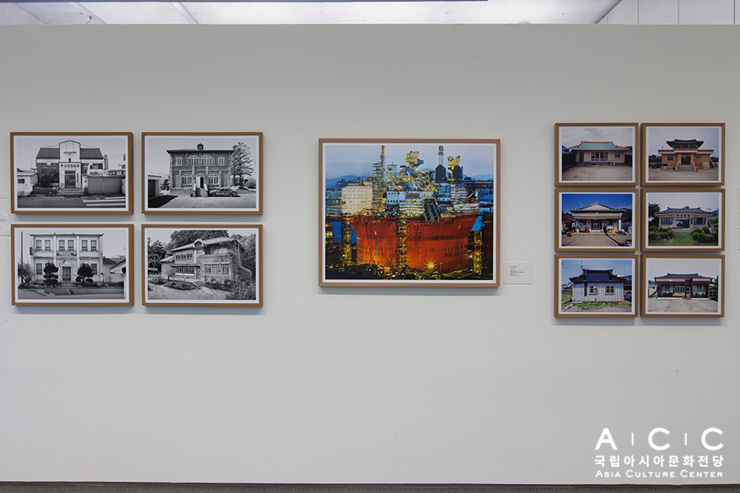
ⓒ Photo 2016 ACC Archive and Research Team
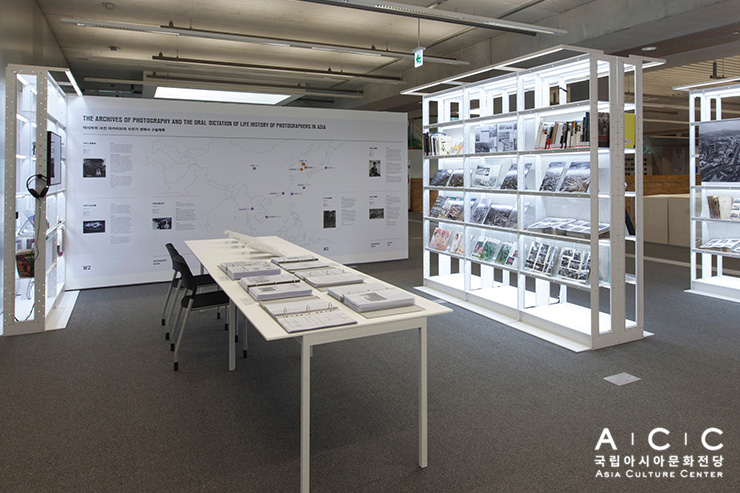
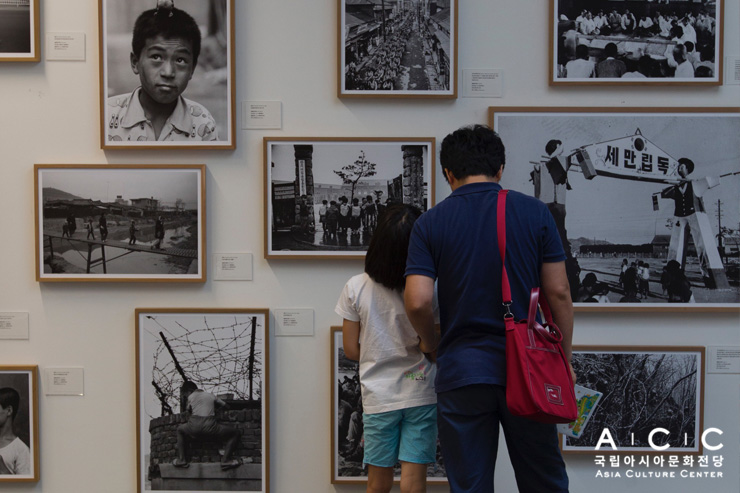
ⓒ Photo 2016 ACC Archive and Research Team
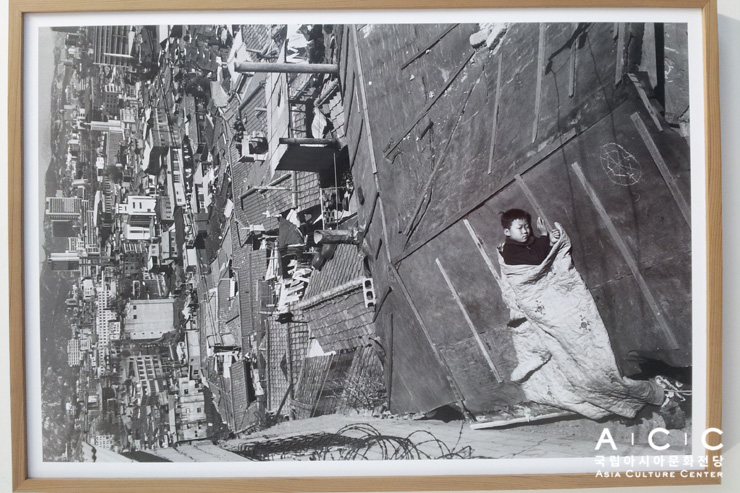
ⓒ Photo 2016 Amos Farooqi
One
photograph that stood out to me was “Alleys” by Kim Ki-Chan. The photo perhaps
best sums up the rapid transformation of Korea. In this photo, there is a boy
taking a mid-day nap on the roof of a shanty house sometime around 1973. In the
background is Jongro, downtown Seoul. It looks nowhere near what it does now,
but you can see modern buildings being put up in the background, a stark
contrast to the poverty that still seemed to affect its surrounding
communities, an image of what Korea was attempting to eradicate through rapid
economic growth and modernization. It’s a vivid reminder of the old Korea that
was racked by poverty, and a good portrayal of the process of Korea’s
modernization efforts at the time.
Another
photograph that stood out to me was Jo Choonman’s photograph of Hyundai’s Ulsan
shipyard, taken just two years ago but that provides a fuller narrative of how
far Korea has truly come. The ship being constructed is massive, and the
facilities used to help build the ship are enormous. Lights illuminate the
construction site, giving the shipyard and the ship under construction a soft
colorful glow that easily attracts the eye. No one in the 1960’s, when the
Korean government first laid out its economic plans, could have ever imagined
the heights Korea’s economy and industry have reached, and this photo exudes
the true magnitude of how far Korea has come since then through the massive
size and ultra-modernism of its subject matter.
Lee Jong Lok’s “Glocal Site” series documents various modern takes on the hanok style in a number of rural locations dotted across North Jeolla Province. The hanok is a classic style of Korean houses that has enjoyed a sort of renaissance in recent years, with architects putting their own spin on it. Its roof is perhaps the most distinct characteristic, and it has been put on various types of houses and buildings. In the photos we see a shipping container with a hanok style roof, as well as a tin hanok style roof over a basic looking home. This series of photographs best portrays how the traditional art forms of Korea have manifested themselves into our everyday lives, most notably architecture, showing that Korea’s hyper economic growth did not kill off its traditional culture and arts.
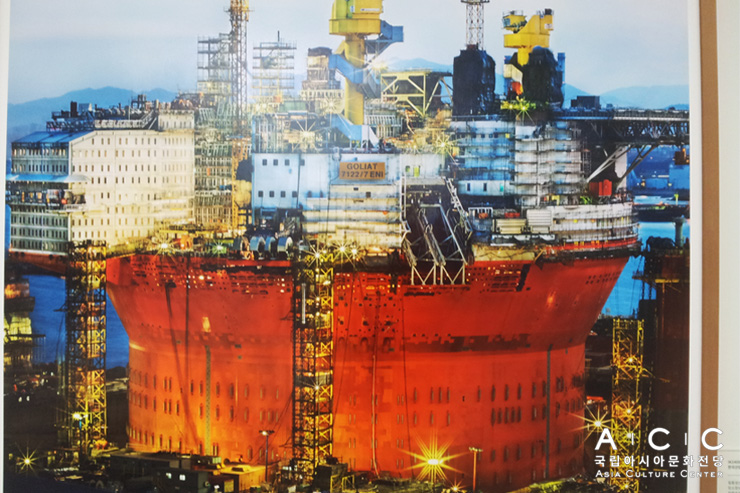
ⓒ Photo 2016 Amos Farooqi
-
Written by. Amos Farooqi, 9th ACC Reporters Corps
-
Designed by. JeongHoeun, 9th ACC Reporters Corps

